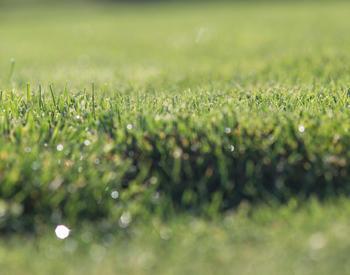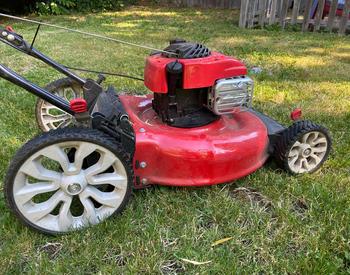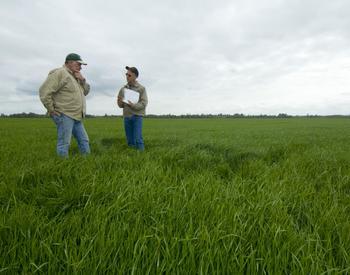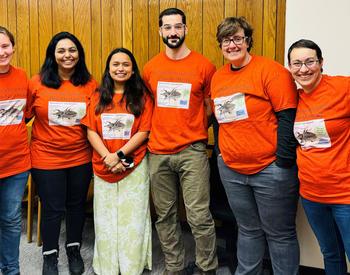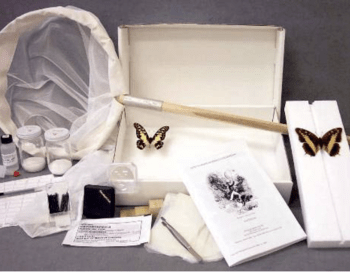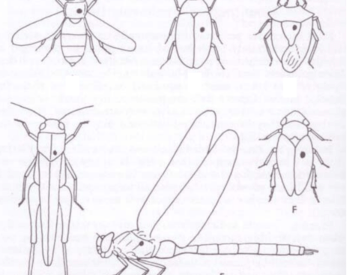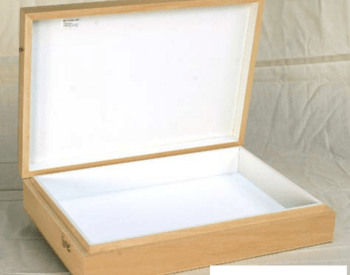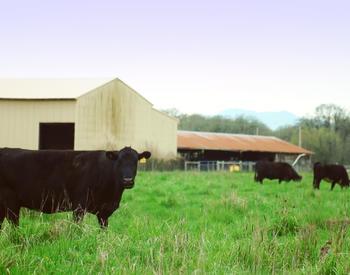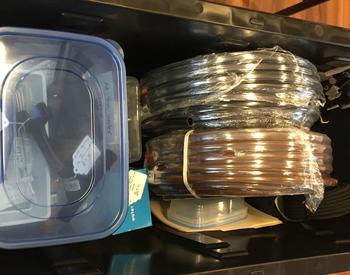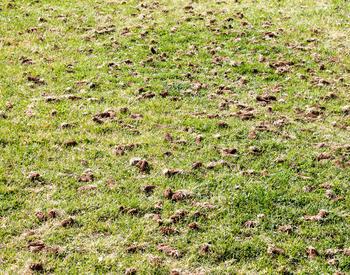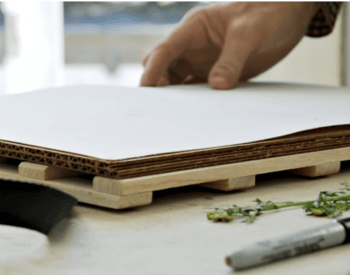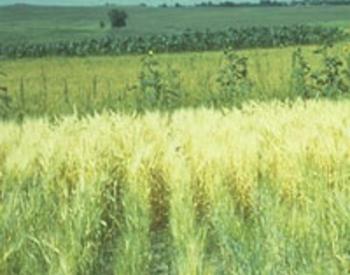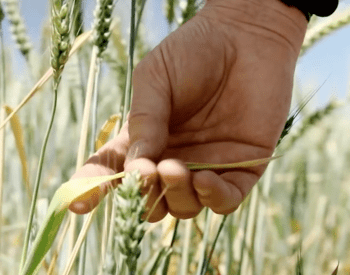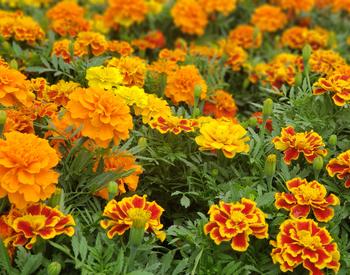Captioning provided by Disability Access Services
at Oregon State University.
[music]
>> Golfers have a very high level of-
they expect a very high level of maintenance
when they go onto a golf course putting green.
Even 1% disease would be considered unacceptable
because 1% disease is actually a lot
when you're looking for a perfect roll of the golf ball.
Golfers expect to have very little blemishes, if any at all.
You can see the fungus is growing,
this white stuff around the edge
of the diseased patch is really active.
And it's really cottony and thick.
You can really literally pick it up with your finger.
So what we're trying to do is find a way
to manage, control this disease without using fungicide.
So we have quite a few different techniques.
So I just need to mix up this bottle real quick,
doesn't take very long.
With these alternative products,
we're finding that when we're mixing
the mineral oil and the sulfur
and the phosphite and the rolling together,
in the end we actually are using less pesticide
than what we would have done in the past.
So actually I have this, it's kind of a-
It is a little bit like Ghostbusters, isn't it?
So I have this string here
that tells me the height I need to stay
so that little piece of steel is hanging from a string
and it needs to just barely scrape the top of the grass.
And then you can hear the metronome in the background.
[beeping]
[liquid spraying]
So when you put all of them together, it does pretty well,
so we're pretty excited.
[motor rumbling]
If you take a step back,
you can see just how much disease is around those plots.
And then you have this plot here that has very little disease
and frankly that's remarkable.
I think they're just trying to prepare
for when the chemicals won't be available.
And then there's also, perhaps-
I think golf course superintendents,
they feel like they're kind of stewards of the environment,
and they only want to apply fungicides
when it's absolutely necessary.
And there's also public pressure
that is pushing us in that direction as well.
We don't know that it's going to
be a long term solution forever,
but we can definitely reduce the amount of fungicides
we apply to turf,
so that's good.
[golf ball clunking]
[music]
[END]
